Wait! Business people design businesses?
What tech and product gets wrong. Business is a professional skill like any other. You need to study and learn it.
The too long; didn't read (tl;dr) series is my application of what Richard Feynman once said. To understand something, explain it as if you were teaching it to someone who doesn't understand the subject. See Will Schroder – How to remember everything you learn.
This is a longer tl;dr. I want to make it accessible to those who don't have a business background. I've structured it into three parts. You can skip straight to the sections:
- tl;dr on "IDEO: Designing a business"
- Step 0. Why do we need Businesses?
- Step 1. Identify your Business.
- Step 2. How you will discover and define your Business idea.
- Step 3. Create your Value Proposition.
- Step 4. Create your Offer.
- Step 5. How will you capture your Profits?
- Step 6. How will you Market it?
- Step 7. How will you Sell it?
- Step 8. How will you Distribute it?
- Step 9. How will you Support it?
- Side Chats - Wait, what's a proof of concept? - The Designer's Process
- We need to talk about Channels for a moment!
- It inspired me. Maybe it'll inspire you!
- Okay, but it's still not design
- Related Posts
tl;dr on "IDEO: Designing a business"
But wait! Isn't business something unruly, chaotic, mysterious? No! Business owners at small companies. Business executives at large ones. They do a profession just like yours with skills anybody can learn.
You design how to organize, connect, and balance-related business activities (i.e. building, selling, etc.) to fulfil your business's purpose, vision, values, goals.
But to create a sustainable business, you also design how to balance how you make money (i.e. how / who / when customers and partners will pay) with how much it'll cost you.
They're not a business person. They're a Business Designer.
Step 0. Why do we need Businesses?
Every business is about...
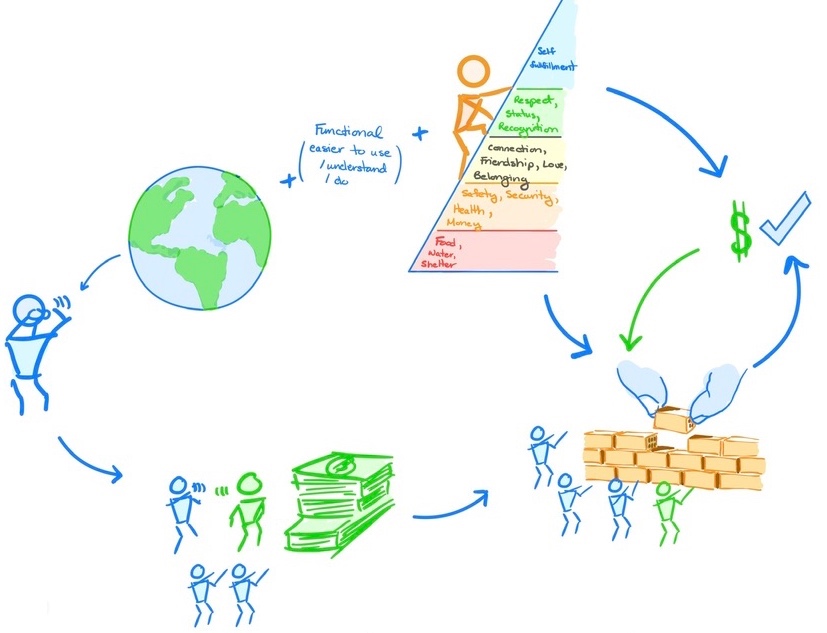
- Recognizing and fulfilling unmet human needs and desires, resolving unwelcome or harmful situations.
- Understanding human behaviours and motivations beyond data and numbers.
- Being sustainable for owners and investors to continue sharing your idea with the world.
Step 1. Identify your Business.

Ice Breaker: think of the moment you bought a product, service, or experience you loved! When it was a perfect match to your functional (i.e. easier for me to use, understand, do), emotional (i.e. makes me feel better), or social (i.e. increases my connection, belonging) needs.
Keep this in memory; you'll generate ideas for your concepts with this.
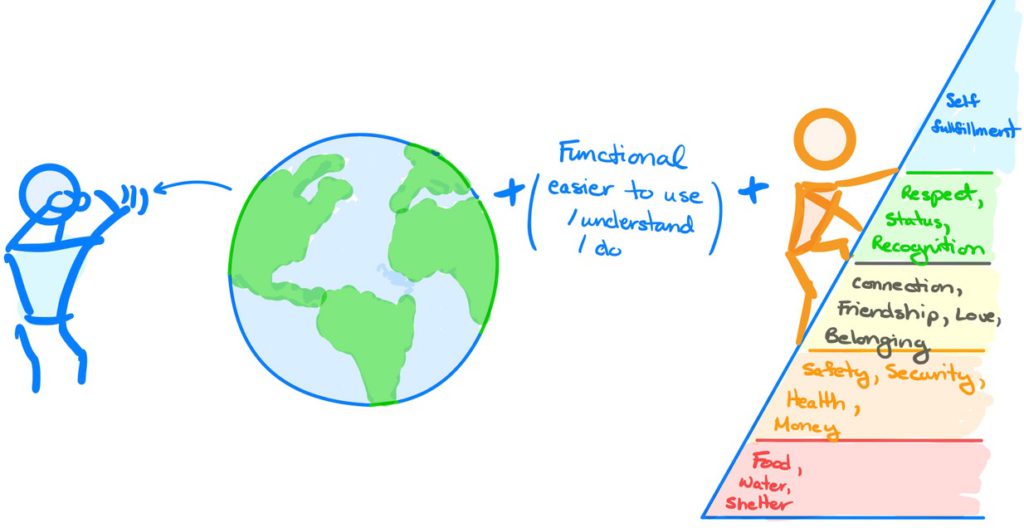
Discover your business:
- Think about your top 3 interests in your personal and work life. Or in areas you're great at! Write them down.
- Have you seen or heard of needs, desires, something unwelcome or harmful that makes you want to design the solution for it?
- What do you understand about people with this need?
Tip: this is critical — you need to understand your customers and the players in that space. Suppose you don't but find the area so interesting you want to learn everything about it. Talk to people in it, and research it to understand their functional, emotional, and social needs. If you find someone that would be a great partner, co-found the business with them.
Step 2. How you will discover and define your Business idea.
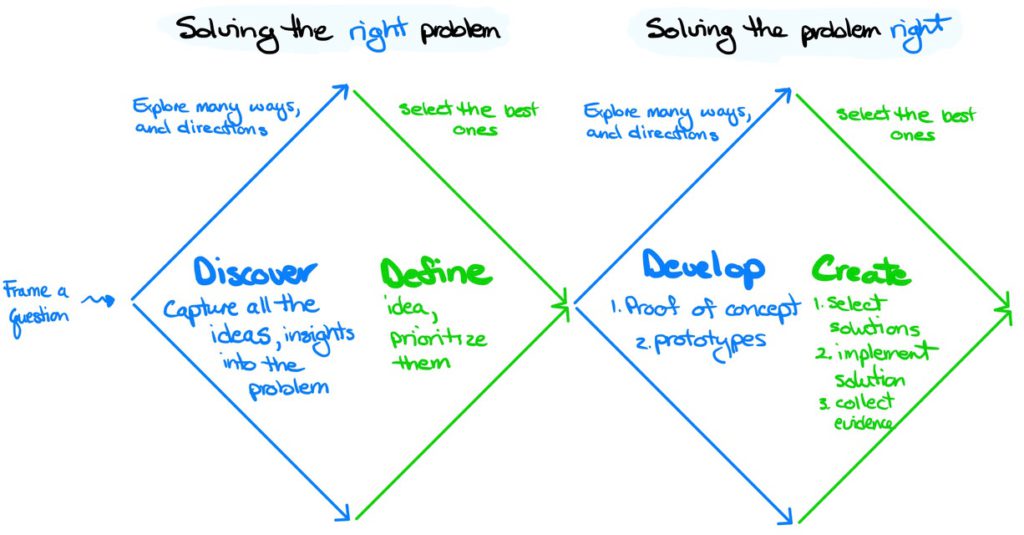
- Frame a question that focuses on people's unmet needs, desires, or resolving their unwelcome or harmful situations.
- Create 3 physical world proof of concept models to answer your question.
- Test with your target audience and collect evidence to learn what is and isn't working.
- Repeat to increase the detail, quality, and clearness of your idea.
Tip: model something your customers can see, feel, interact with. Think of arts and crafts, not technology and apps. Leave those for after you've validated your idea. Tip: You don't need to do this in one day, week, or year. Nurture your ideas over walks. I started in 2016 and just getting them out now. Let your ideas grow slowly.
About five years back, a person showed me their docs for everything they've learned for their consultancy work. They pull at a moment's notice when a client needs something — nothing to memorize. https://t.co/Kkk3oUOCYX
— Tom Hosiawa (@thosiawa) March 27, 2021
Step 3. Create your Value Proposition.
the needs or desires you fulfill.
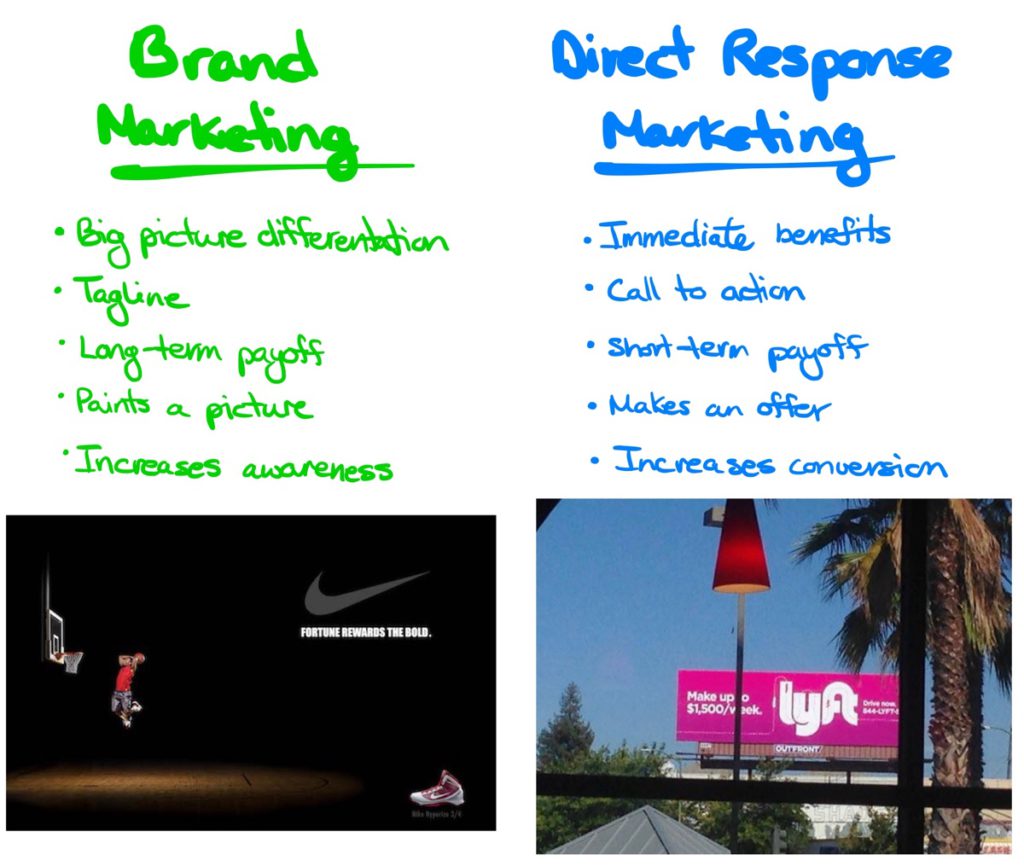
Think back to the moment you first heard of that product. What did they say in their marketing or ad?
Tip: value conveys adding/increasing or removing/decreasing something from your life? Maybe you saved time? money? Or maybe you used it to make money? To remove an obstacle, friction, or something unwanted?
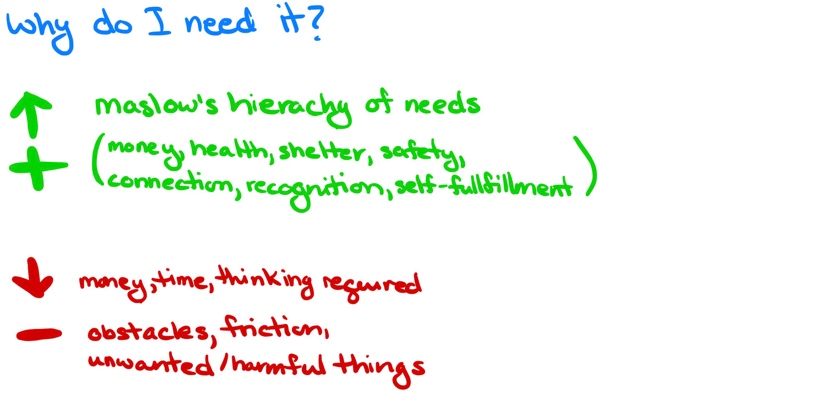
Discover your business:
- Who has the problem you're hoping to solve?
Create your proof of concept:
-
Which category does your product fulfill?(a) a need (b) a desire (c) something unwelcome or harmful? Maybe it's a mixture?
-
Describe it in one sentence.
-
How can you grab their attention? Write a heading for it.
Tip: check if it solves a functional (i.e. easier for them to use, understand, do), emotional (i.e. makes them feel better), or social (i.e. increases their connection, belonging) need? Tip: say it out loud to a friend or record yourself, don't practice in your head.
Sketch three ads to show to friends, peers.
Not familiar with proof of concepts. Skip to our side chat. I'll bring you right back. Side Chat. Wait, what's a proof of concept? Is that a prototype? Do I pay people to build it for me?
Step 4. Create your Offer.
your product, service, or experience.
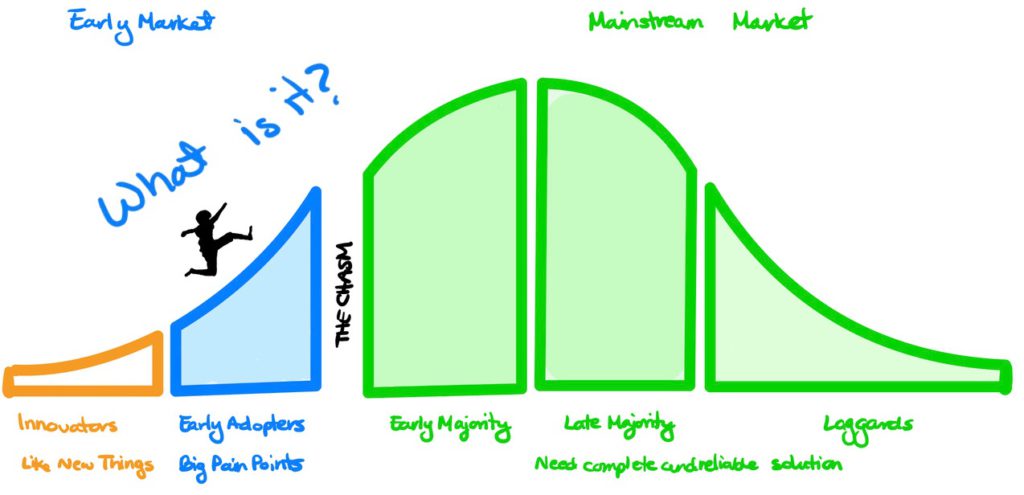
Discover your business:
- How do your customers want their needs solved? An experience: doing and seeing something (i.e. theatre, travel tour). A product: to use or consume a physical (i.e. clothing, food) or virtual (i.e. apps, tools) good that does the job you need done (i.e. functional need). It can be intangible too (i.e. credit card). A service: to receive a benefit through your resources, skill, ingenuity, and experience (i.e. food, training).
- Who is super-passionate about your business — your early adopters? The 100 people who fall in love with your offer rather than 10,000 people feel ah, I guess it's okay.
Create your proof of concept:
- Model how your customer uses your product to solve their needs.
Step 5. How will you capture your Profits?
Make it easy for customers to Pay? Balance with how much it'll Cost you?

Tip: there's a saying that people pay for convenience (i.e. do something with little effort or difficulty) and to remove the friction (i.e. slowing or blocking you). Your customers don't attribute value to what you give away for free. Think of free as a way to generate awareness and interest, not to move them to buy.
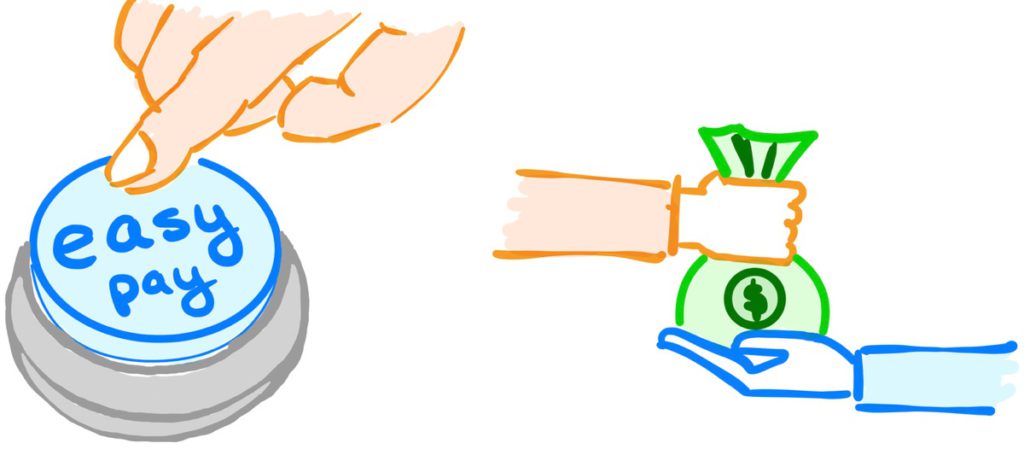
Discover your business (revenue):
- What's the easiest way for your customers to pay? your partners to pay?
- Look to the world to understand how other companies charge for similar experiences, products, or services. Can you bring new ways for your customers to pay?
Create your proof of concept (revenue):
- Model three pricing options to get a clear picture of your target audience's price they're willing to pay.
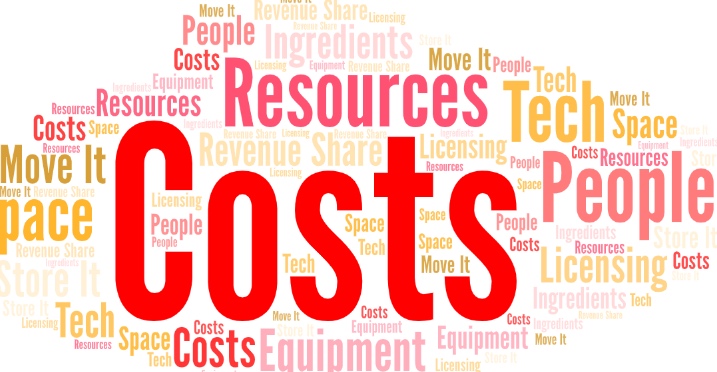
Discover your business (costs):
- You need just enough information to start thinking about how much you need to charge to cover the cost of running your business.
How much will resources and people cost you?
- To create your product (i.e. equipment, ingredients, space, people, tech, licensing).
- To market it.
- To sell it (move it where it's purchased, store it, split revenue with partners).
- To deliver it.
- To support it.
Not familiar with channels. Skip to our side chat. I'll bring you right back.
Side Chat. We need to talk about Channels for a moment!
Step 6. How will you Market it?
Generate awareness and get your customers interested.
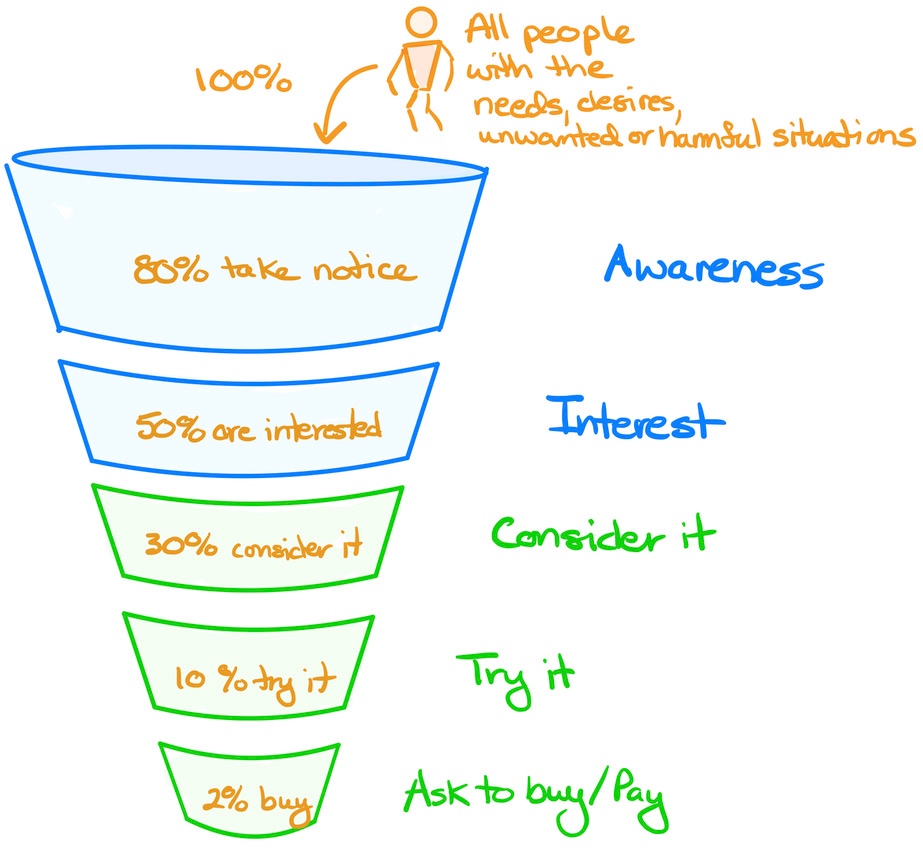
Think back to the moment you first heard of that product.
Discover your business:
- Where did you see it show up in the world?
- How did they make you aware of it? What did they say in it?
- Did they say anything different to make you interested?
Create your proof of concept:
- Write or sketch a storyboard that captures key moments where and how your customers
- Find out about your product?
- Get interested in it?
Step 7. How will you Sell it?
Get your customers to consider, evaluate, get your price, negotiate it, and pay.

Discover your business:
- Did you notice any cues to encourage your immediate response to consider trying it?
- How and what did they do to get you to consider trying it (i.e. their 1st call to action)?
- How did you try it?
- How did they encourage or hint to ask if you would like to buy it now (i.e. their 2nd call to action)?
- Did they give you different options to pay?
- Could you negotiate it?
- Was it easy to pay?
Create your proof of concept:
- Write or sketch a storyboard that captures key moments for each question above.
Step 8. How will you Distribute it?
To your customer's door, in stores, online website or app.
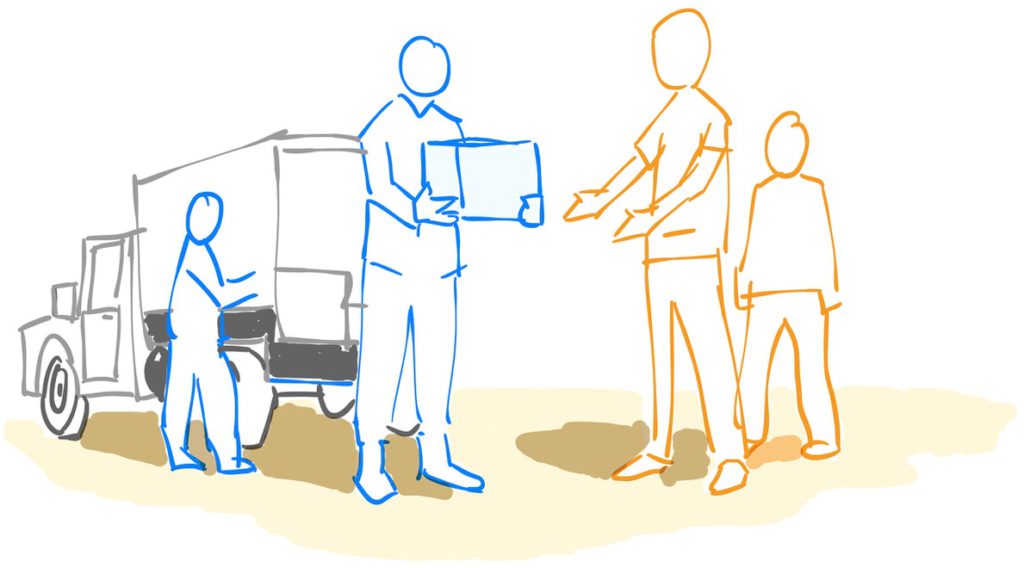
Discover your business:
- Where and how will your customers want to receive your product?
- Will they pick it up? Will you come to them or they come to you?
- Do you have a direct relationship with them? Or does a key partner have the direct relationship?
Create your proof of concept:
- Write or sketch a storyboard that captures key moments where and how your customers get your product.
Step 9. How will you Support it?
Customer success.
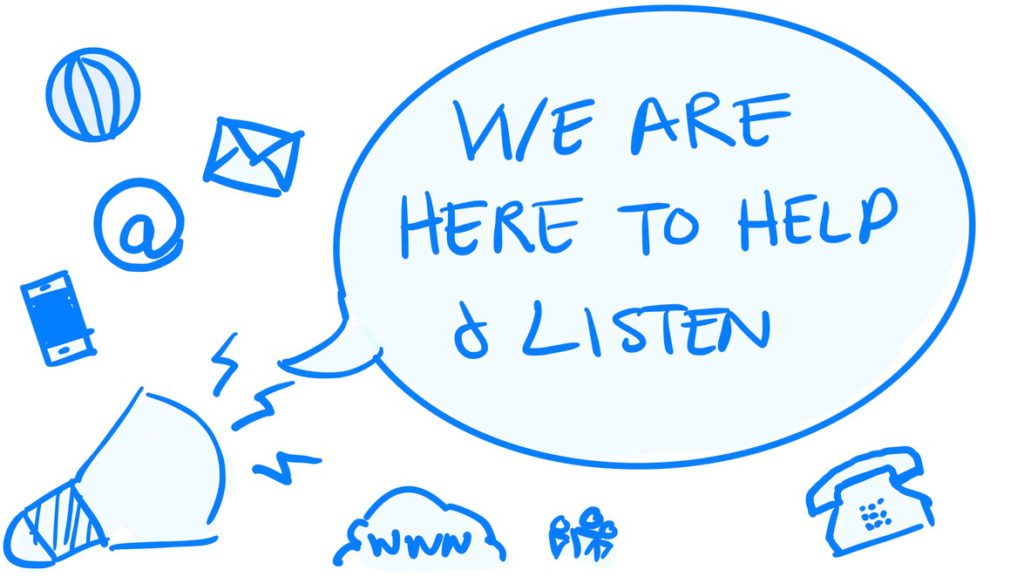
Create your proof of concept:
- Write or sketch a storyboard that captures key moments where and how your customers contact you with questions and help.
Side Chats

Wait, what's a proof of concept?
Is that a prototype? Do I pay people to build it for me? No!
The Designer's Process

Computers get you stuck on colours, fonts, look and feel. What if you try it on paper? Try the professional designer's process.
Tip: Why you need to write
It's why I've started write my ideas in detail@david_perell it reminds of this from @exponentfm
— Tom Hosiawa (@thosiawa) March 6, 2021
"Amazon is famous for not using powerpoints in their meetings. You have to write out a six page word document what the meeting is about." /1 https://t.co/4qtiXNnPlF https://t.co/D7e9th7dvv
Tip: here's the hardest part. You'll fall in love with your first idea. I do too. But you miss opportunities to create even more value if you stay open to others. Try to always come up with 2 to 3 options.
Create your proof of concept:
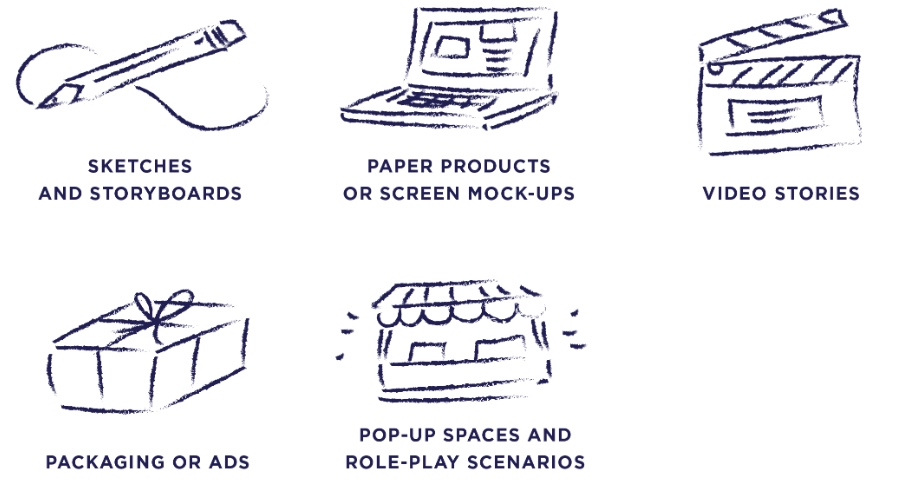
- Create a physical representation your audience can see and interact with at each step.
- It's okay to fake it. Make it just real enough. Use "hacks and human hands," so they believe it's working when they try it.
- Include compelling, surprising, or joyful moments that will spark behaviours in your customer's experience.
Questions to think about:
- What do you want to learn?
- What's your riskiest assumption?
- Where your team has heated debates?
- Where you don't have a lot of experience?
- Whether your customers will buy it or users will choose to use it?
- Whether your customers can figure out how to use it?
- Whether your engineers can build what you need with the time, skills, and technology you have?
Test your proof of concept:

- Show it to three people from where your target customers spent their time.
- Set your budget and invest money to test your prototype. Try a local physical or online space to measure interest and collect evidence.
Tip: It seems unintuitive, but you don't need a lot of people. Just enough to see if there's interest and check if your value and offer meet their needs. It's not your yes or no moment. It informs your new informed direction. You'll get direction on early ideas and reduce risk.
Collect evidence
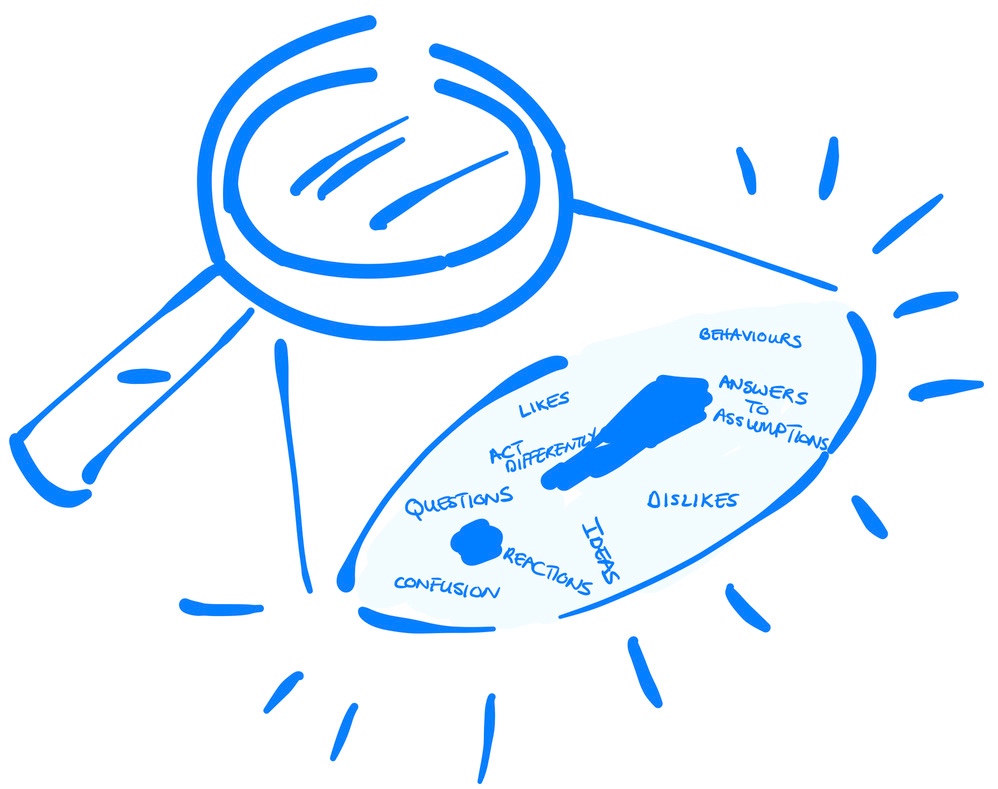
- Evidence from people always beats assumptions.
- You will learn: Likes | Dislikes | Ideas | Questions.
- Listen to be curious and not to respond. It's your time to ask questions and let them talk.
Look for cues:
- Behavioural: How do people interact with your prototype? Notice when they act differently than you expect, appear confused, or when they do things that you hadn't thought of.
- Emotional: Emotional expression. Do people react with excitement, boredom or curiosity? Gauge how much people want your offer and what they're willing to do (or pay) to get it.
Pause and Reflect

- How can you stand out and make yourself unique? A unique value position helps your customers choose to buy from you!
- How might you meet more customer needs? Create new contact with customers at different times or places.
- How might you get closer to your customers? Bypass intermediary partners to capture more revenue and have a closer relationship with your customer.
- How might you bundle and partner? Find new ways to collaborate and bundle your offer with other businesses' offers.
- How might you consider the future? Consider the channels they use today. Will they be the same a year from now? How about 2?
- Are all the costs worth it You are in search of answers to the most important questions. Does it differentiate you based on price, quality, offer?
We need to talk about Channels for a moment!
Choose How You Compete
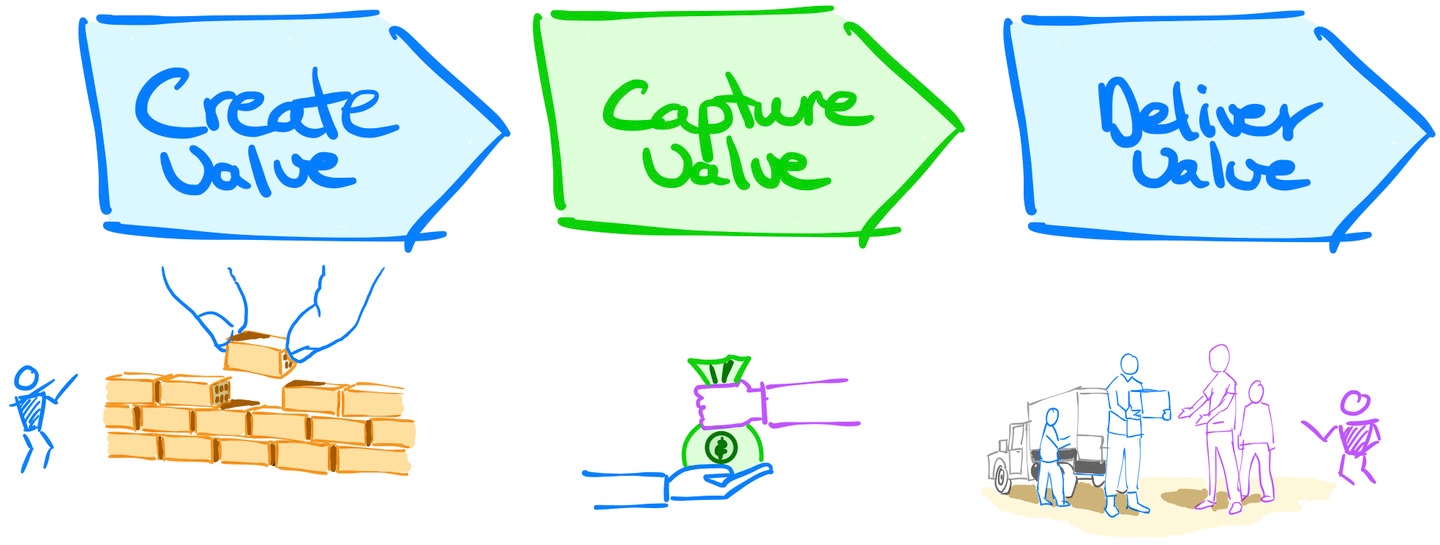
I saw this years ago, and it made sense. I see the bigger picture now. You have to pick which channel you will compete on. To a greater extent, which business activity you compete on (i.e. creating, capturing, or delivering value). And to make a choice, it means you are saying Yes to something and No to everything else. That is focus!
Your Hardest and Most Important Part!

A word about your marketing and acquisition costs.
Leave it aside for now. Why? Marketing and sales can sell an average product. They can't sell a bad one (i.e. offer doesn't tightly matchmake with your customer's needs, desires, or resolve unwelcome or harmful situations). Focus on finding the right value between the offer and the need first.
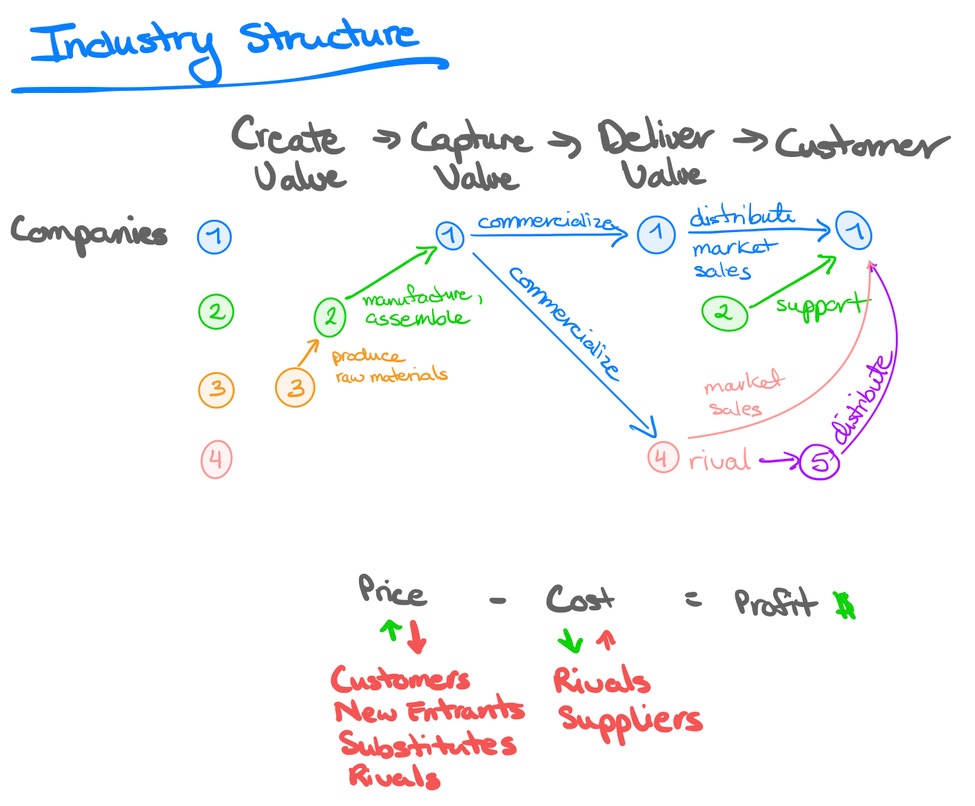
It's your last mile to your customers. It will be your hardest, most important, and maybe expensive part! Who can or must you partner with
- To market it (i.e. generate awareness and get customers interested).
- To sell it (i.e. get customers to consider, evaluate, get your price, negotiate it, and pay).
- To distribute (i.e. to the customer's door, in stores, online app or website).
- To support (i.e. customer success) your offer?
Don't do it all yourself. Who are all the players in your industry? What value can you bring them? What value can you get from them? Don't do win-lose transactional relationships. How can you make it a win-win meaningful relationship for your a) customers, b) partners, c) yourself?
Related reads: The Mythology of Red Bull
It inspired me. Maybe it'll inspire you!
I'll be honest. I didn't get what a business was before. I never thought, or maybe just didn't accept, I was just a worker in a system. Designed by others and doing a job for them. I was always part of the design part, and the job was for your customers. Three comments over the last two years changed my understanding. I see just like you design products, technical systems. You also design businesses.
Value as a group
Company is an assembly of people gathering together to create a product of service. It has no value in and of itself. It is only an effective allocator of resources where the value of the output is worth more than the value of the inputs. — Elon Musk
Historically, most person-to-person markets have never worked. Are proven not to be economically viable. — James Brown
This prospectus is to introduce a group of senior scientists and engineers that have been working together at Shockley Semiconductor Laboratory... A group feeling arose that rather than leave one by one, we believe we are much more valuable to an employer as a group. — The Generalist: Arthur Rock: Silicon Valley's Unmoved Mover
Invention vs Innovation
I didn't realize the nuance of inventing vs innovating. You have to choose one or the other (unless you have the time, resources, curiosity to do both). It requires different processes and skills. Whereas researchers, scientists, and engineers invent. You and I do innovation by understanding people's functional, emotional, and social needs. Develop the value, offer, and take it to the market.
It shouldn't be this rare or hard to start a business. The way people think about entrepreneurship and innovation is that it's unruly, chaotic, inspired.
It's none of those things. I think that's an illusion. It is a profession like all others:
- To invent, you create new technology, a new ability to do something.
- To innovate, you: 1. Discover how to apply to the real world. 1. Design a way to bring to market for a profit. 1. Launch in the market.
The business professional is how kids will design business of the future.
— Noubar Afeyan, HarvardX Interview with Noubar Afeyan of Flagship Pioneering
Okay, but it's still not design
How is business related to design? You create something out of nothing.
Without fictive imagination, there is no growth. Everything remains the same. When you're making up different ways of seeing the world, understanding the world, considering what happened, what didn't happen. You are actually changing the world whether they know it or not. — Walter Mosley
